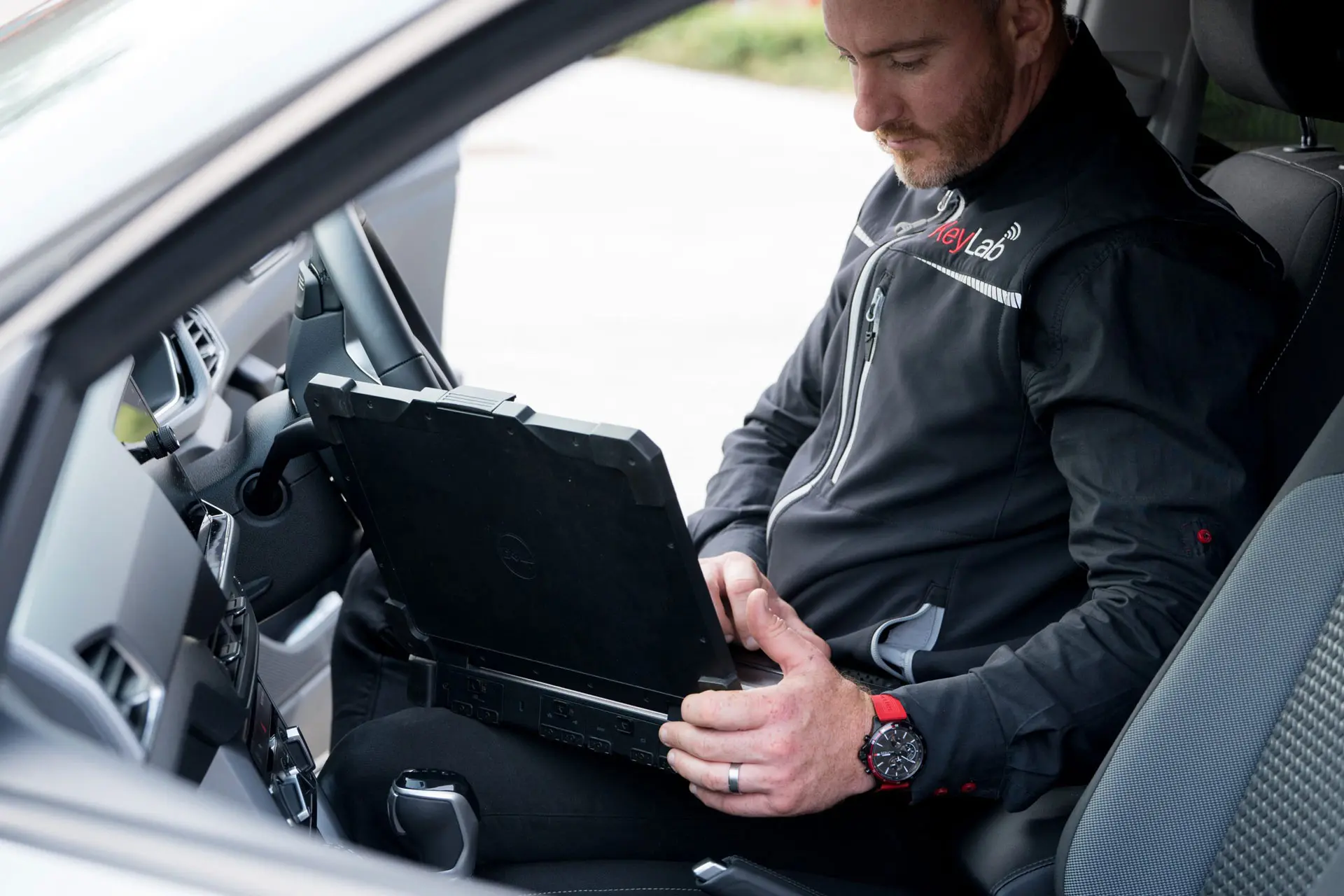Comprehensive Guide to Car Door Lock Repair: Troubleshooting and Solutions
The integrity and functionality of a vehicle's door locks are vital for both the security of the car and the safety of its occupants. Car door locks can experience a variety of concerns, varying from minor mechanical problems to complete failures. This post looks for to provide an informative introduction of car door lock repair, laying out typical issues, diagnostic treatments, and solutions.
Comprehending Car Door Locks
Before diving into repair procedures, it is vital to comprehend the elements of a common car door lock. There are two primary types of locks: mechanical and electronic.
Elements of a Car Door Lock System
- Lock Cylinder: The part where the key is inserted.
- Latches: Mechanisms that hold the door shut.
- Actuator: Electric motor in electronic locks that assists in locking and opening.
- Linkage: Connects the lock cylinder to the lock.
- Remote Key Fob: In electronic systems, this is used to lock and unlock the doors from a distance.
Typical Issues with Car Door Locks
Car door locks can fail for a multitude of factors. Here are some typical problems experienced by vehicle owners:
- Sticking or Frozen Locks: Especially in winter, locks can become challenging to run.
- Lock Not Engaging or Disengaging: Both mechanical and electronic locks can face concerns where they do not react to the key or remote.
- Key Jams: The key may get stuck in the lock, making it difficult to lock or unlock the door.
- Remote Malfunction: In electronic systems, the key fob may not work due to battery issues or programming issues.
- Physical Damage: Vandalism or accidents can damage the lock system.
Fixing Car Door Lock Issues
When a car door lock is not operating properly, it is essential to identify the issue accurately before proceeding with a repair. Below are steps that can assist repair the problem:
Step-by-Step Troubleshooting
Visual Inspection:
- Check the door lock and surrounding parts for visible damage.
- Analyze the key for wear and tear.
Check the Key:
- If the lock is sticking or not engaging, try utilizing an extra key if readily available.
- Make sure the key is tidy from dirt and debris.
Inspect the Actuator:
- Listen for any noises when pushing the key fob. A clicking noise may suggest a malfunctioning actuator.
Examine Door Wiring:
- Check the wiring that links the door lock to the vehicle's electrical system.
- Try to find disconnected or torn wires.
Temperature Influence:
- If the lock is sticking in winter, apply lithium grease to assist oil the mechanism.
Fixing Common Door Lock Issues
As soon as the issue has been identified, the repair can begin. Here are some typical repair methods for different issues:
Fixing a Sticking or Frozen Lock
- Cleaning up: Use a graphite lube or silicone spray to clean and lubricate the mechanism.
- Heating: If frozen, use a hairdryer to warm the area around the locking system thoroughly, avoiding overheating.
Repairing a Lock Not Engaging/Disengaging
Lock Cylinder Replacement:
- If the lock cylinder is used, think about replacing it. This typically includes spying off the door panel to access the lock system.
Actuator Replacement:
- For electronic locks, if the actuator is malfunctioning, it will need replacement. Make sure to disconnect the battery before attempting this repair.
Fixing a Jammed Key
- Extraction Tool: If a key is stuck, utilize a pair of needle-nose pliers to gently pull it out, or a key extractor.
- Lock Lubrication: Apply a percentage of lubricant to relieve the process.
Remote Key Fob Malfunction
- Battery Replacement: Most remotes have replaceable batteries. Follow the manufacturer's guidelines to change the battery.
- Reprogramming: Sometimes, the remote needs to be reprogrammed. Describe the vehicle's manual for steps to reprogram the key fob.
Physical Damage Repairs
- Door Lock Assembly Replacement: If the lock is physically harmed, complete replacement of the lock assembly might be essential.
- Expert Help: If unsure about DIY repairs, seek support from a qualified mechanic.
Upkeep Tips for Car Door Locks
To prolong the life of car door locks, routine upkeep is vital. The following practices can assist preserve optimum efficiency:
- Regular Lubrication: Apply suitable lubricant to the locks every couple of months.
- Keep Keys Clean: Regularly tidy the car keys to prevent dirt accumulation.
- Prevent Excessive Force: Do not utilize extreme force when locking or opening; this can trigger damage gradually.
- Enjoy for Signs of Wear: Be mindful to any modifications in the lock's efficiency and address concerns without delay.
FAQs about Car Door Lock Repair
Q: How can I tell if my door lock is broken?A: Common
signs include the lock not engaging or disengaging, a jammed key, sounds from the door when using the key fob, or visible damage to the lock assembly.
Q: Can I repair a car door lock myself?A: Yes, lots of basic issues can be dealt with by following the fixing steps in this short article, but complex problems might need expert help. Q: What kind of lube should I use
for my locks? car key repairs : It is best to utilize graphite powder or silicone-based lubes considering that oil can draw in dirt and grime. Q: How much does it generally cost to change a car door lock?A: The cost can differ commonly
based upon the vehicle's make and design, but common replacement costs
can range from ₤ 100 to ₤ 300, consisting of labor. Car door lock repair can appear overwhelming, however understanding the elements and typical concerns can make the procedure much more workable. Whether dealing with small repairs yourself or looking for expert help for more considerable problems, keeping the door locks working effectively is necessary for vehicle security and safety. Routine upkeep and timely attention to issues can substantially extend the life of your car's locking system.

